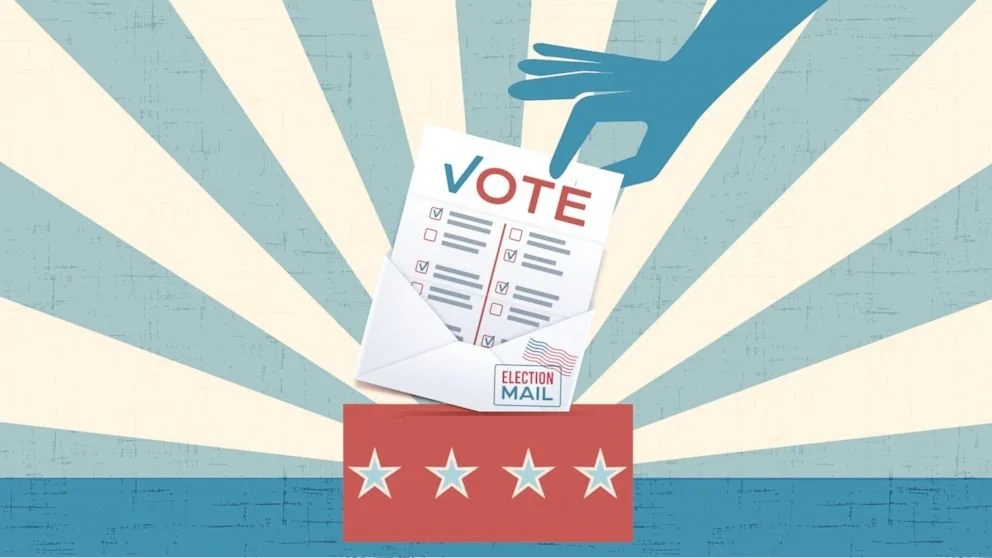
Role in Elections
Club for Growth is an admittedly very conservative organization and their activities during elections are focused on electing ‘free-market’ conservatives. In the most recent election cycle from 2019-2020, the organization spent $0 in favor of Democratic candidates, $39,637,870 against Democrats, $15,524,512 for Republicans, and finally $11,110,431 against other Republicans(1). This pattern of spending is somewhat remarkable considering the amount of money that is spent against other Republicans when they primarily want to elect Republicans to positions of power. This pattern highlights a very key strategic choice that the organization has made, and one that makes it a thorn in the side of many Republican leaders. Club for Growth is very active during primary elections and it is one of their main areas of focus. Specifically, they want to target Republican politicians that score poorly on key areas of focus and replace them with a more friendly and ideologically inline Republican politician.
Spending by Club for Growth is heavily focused as independent expenditures through the Super PAC, Club for Growth Action. In the 2019-2020 cycle, only $5,301,577 of their spending went directly as contributions to candidates or other conservative aligned PACs, with the bulk of the spending coming in the form of $66,334,260 in independent expenditures(2). All of the spending against Democratic candidates came in the form of independent expenditures attacking that candidate in the race, hoping to effectively persuade voters to cast their ballot for a Republican candidate while avoiding the backlash of the Republicans running the ads themselves. They are also very selective in their choice of which races to spend in, focusing the majority of their funds supporting endorsed candidates in competitive elections, previously endorsed candidates in non-competitive elections, and a small amount of strategic spend that is focused on races that impact which party controls Congress.
Club for Growth is an extremely top-down organization and does not engage in typically voter outreach efforts like direct contact, canvassing, or get out the vote (GOTV). While they claim a membership of 500,000 people, there is little evidence that their membership is activated on behalf of any particular candidates or endorsements, outside of asking for financial contributions. The organization does provide information to its members and even the general public in the form of its scorecard, as a way of influencing public opinion, but this is not an organization that has a large volunteer network or boots on the ground. Club for Growth is much more apt to try to influence the course of an election through its vast financial resources and ad spending.
Beginning in the 2012 election cycle, Club for Growth has spent $178,817,486 dollars in direct contributions, lobbying, or outside spending in elections(3). The election cycles with the largest spending have been 2016 and 2020, both critical cycles for Republicans as they attempted to gain control of the government. Additionally, these were important cycles for the organization as they attempted to replace insufficiently conservative members of the House of Representatives and Senate with more conservative challengers. In all three election cycles from 2012-2016, the majority of their independent expenditures were spent in opposition to existing elected Republican members of Congress. This spend fits with their overall objective of supporting very specific free-market economic policies and replacing Republican officials with new candidates that are more committed to those positions. Through the last decade of elections, Club for Growth has been one of the largest sources of outside spending in elections and for many of those election cycles, a significant portion of that spending has been directed at other Republicans. That makes this organization very significant in the overall ecosystem of political spending and it speaks to a unique strategy that is being imitated by other groups with different ideological goals.
Footnotes:
Club for Growth Profile: Summary. OpenSecrets. (n.d.). Retrieved December 6, 2021, from https://www.opensecrets.org/orgs/club-for-growth/summary?id=D000000763.
Ibid.
Club for Growth Profile: Summary. OpenSecrets. (n.d.). Retrieved December 6, 2021, from https://www.opensecrets.org/orgs/club-for-growth/summary?toprecipcycle=2020&contribcycle=2020&lobcycle=2020&outspendcycle=2020&id=D000000763&topnumcycle=A.
Ibid